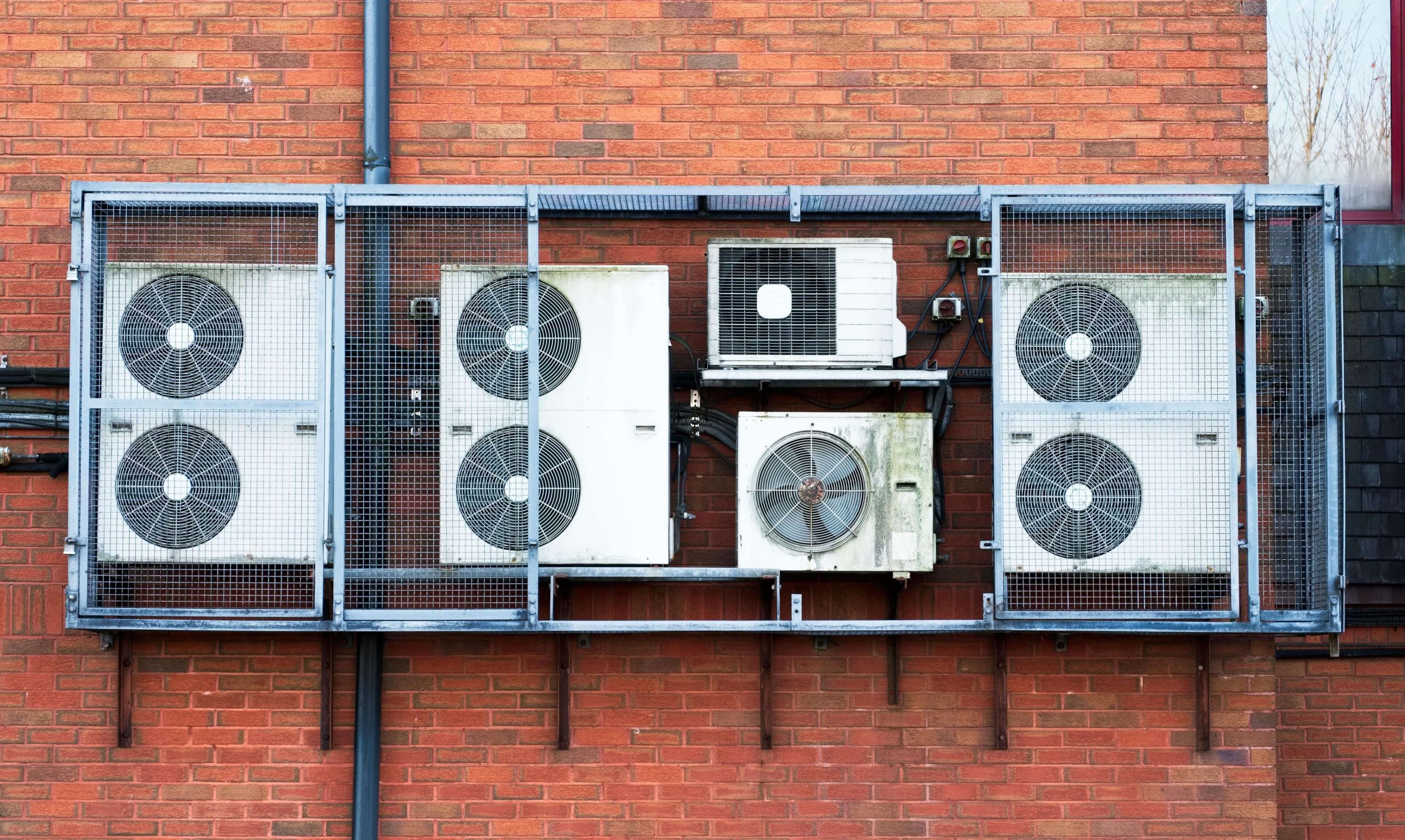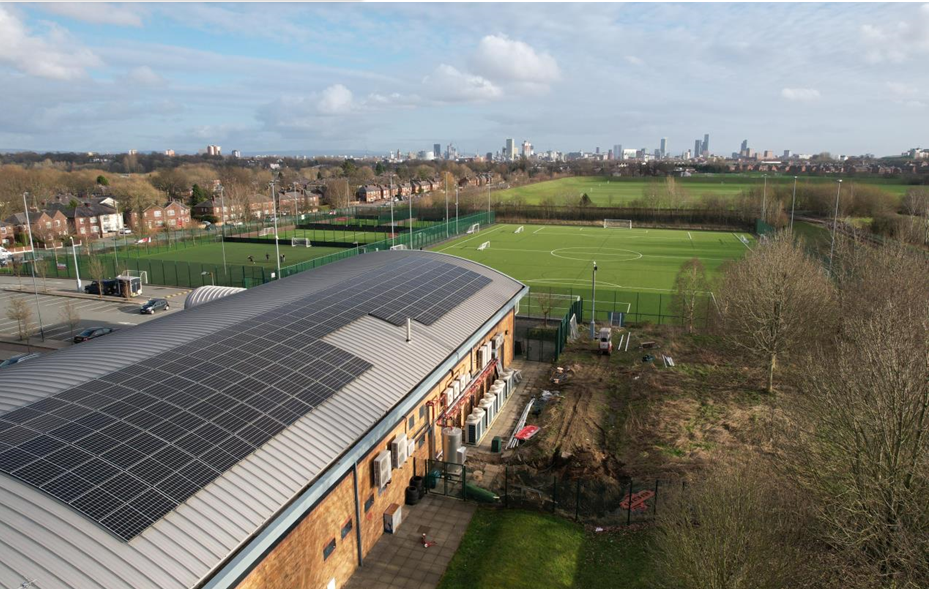Green Upgrades for Public Buildings To Save Taxpayer £650m

In a bid to save the taxpayer £650 million over the next 15 years, the UK Government have announced a funding round of £635m for green upgrades for public buildings. Housing Industry Leaders looks at how far the funding will go.
Part of a wider £2.5bn fund for upgrading public buildings such as schools and hospitals, the funding is hoped to save the taxpayers £650m over the next decade and a half.
Schools, hospitals, leisure centres and historical town halls could be among hundreds of public buildings across England to receive energy efficiency upgrades, helping to slash energy bills.
Up to £635m of government funding will be available to public sector organisations so they can install low-carbon heating, such as heat pumps, and energy efficiency measures, including double glazing and loft insulation.
The funding is available through the PSDS, with organisations such as NHS trusts, schools and local authorities able to apply for grants from September 2020.
Similar grants have already been successfully rolled out
Upgrades are already underway through the earlier rounds of the scheme. With 734 grants awarded to public sector organisations across England so far and phase 1 alone supporting up to 30,000 jobs in clean heating and energy efficiency sectors.
Business and Energy Minister Lord Callanan said: “We are already delivering upgrades to hundreds of public buildings across England, making them cheaper to run and saving taxpayers millions of pounds each year.”
By helping even more public sector bodies ditch costly fossil fuels, we are taking an important step towards a more sustainable future while driving economic growth across the country and continuing to support tens of thousands of jobs
Installing low-carbon heating systems powered by cleaner, cheaper, renewable energy will allow organisations to cut their use of fossil fuels at a time when the cost of living and energy prices are increasing.
The Public Sector Decarbonisation Scheme supports the aim of reducing emissions from public sector buildings by 75%, compared to 2017 levels, by 2037 – with guidance on how to apply for funding published today.
This funding round of up to £635m is the second part of an overall £1.425 billion due to be allocated through the Public Sector Decarbonisation Scheme between 2022 and 2025.
Real-world examples prove funding is an investment, not a cost
Projects that have already received funding include Nottingham University Hospitals NHS Trust, which received more than £70 million to install water source heat pumps at Queens Medical Centre. At Nottingham City Hospital, they installed air source heat pumps and fitted energy efficiency measures such as draught-proofing and double glazing, while Leeds City Council received £4.3 million to decarbonise primary schools and child daycare centres.
Birmingham Women’s and Children’s NHS Foundation Trust was awarded more than £50 million to install clean heating and energy efficiency measures in their hospitals, and the Royal Botanic Gardens, Kew was awarded over £4.4 million to decarbonise Grade II listed Nash Conservatory and Jodrell Laboratory.
The funding is part of the £6.6 billion the government is investing in cutting fossil fuel use and emissions from buildings, including households, whilst creating high-wage, high-skill jobs. This includes over £2 billion aimed specifically at decarbonising lower-income households and saving people money on their energy bills.
The Public Sector Decarbonisation Scheme is delivered on behalf of the government by Salix Finance.
Salix Finance chief executive Annie Shepperd said: “There is no time like the present to push forward with the decarbonisation agenda as our country must meet its ambitious targets to reduce our carbon footprint and reduce our consumption of very costly energy.”
“Salix are proud to work delivering projects which transform public sector buildings. This vital work is driving down our carbon footprint and making these buildings better places for people to work in and for the public to use, as well as saving money for the taxpayer.”

